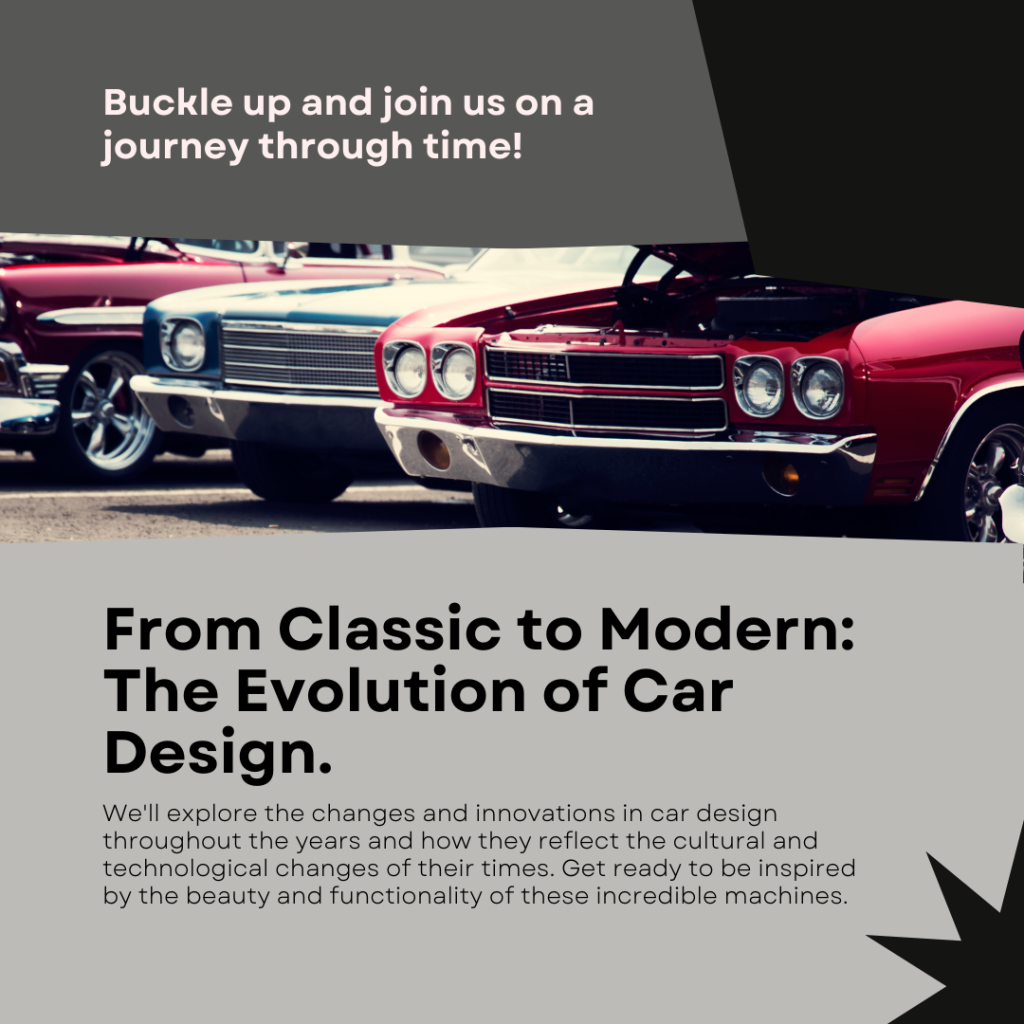The evolution of car design is a captivating journey that reflects not only technological advancements but also cultural shifts and aesthetic trends throughout history. Beginning with the humble origins of the automobile in the late 19th century, car design has undergone a remarkable transformation, evolving from simple, utilitarian vehicles to sleek, sophisticated machines that blend form and function seamlessly.
In the early days of automotive history, cars were primarily designed for practicality, with boxy shapes and exposed mechanical components. However, as the automotive industry matured, designers began to prioritize aesthetics, leading to the emergence of iconic styles such as the Art Deco-inspired designs of the 1920s and 1930s.
The post-war period witnessed a surge of innovation and experimentation in car design, with manufacturers embracing futuristic styling cues and aerodynamic principles. This era gave birth to iconic models like the Chevrolet Bel Air and the Cadillac Eldorado, which epitomized the spirit of optimism and progress of the time.
In more recent decades, advancements in materials science, manufacturing techniques, and computer-aided design have revolutionized car design, allowing designers to push the boundaries of creativity and engineering. Modern cars feature sleek, aerodynamic profiles, cutting-edge technologies, and innovative features aimed at enhancing performance, comfort, and safety.
Today, car design continues to evolve in response to changing consumer preferences, regulatory requirements, and technological breakthroughs. From electric vehicles to autonomous cars, the future of automotive design promises to be as exciting and transformative as its past, reflecting the ever-changing landscape of transportation and human ingenuity.

